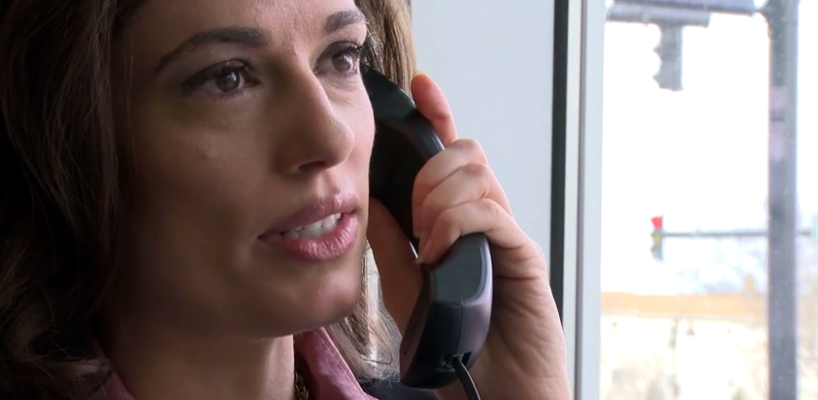Recruiters and employers are battling a tough hiring market. With fewer cleared candidates overall and hot competition from the commercial sector, it can be hard to make the perfect hire. In many cases, I see employers doing everything right and simply battling market trends which require patience and persistence. In a few cases, however, it’c clear employers could be doing more to set to stage for great hires. It often boils down to ‘active’ versus ‘passive’ recruiting. Some recruiters still fall into the old school trap of posting a position and waiting for the applies to come. That just isn’t going to happen in this market.
If you want to be an active recruiter, you’re going to need to get online and start building your talent pipeline. And that requires great relationship building. Here are three pitfalls to avoid when it comes to building that great online network.
1. skipping the full picture.
The best hires are well-rounded hires. That means you’ve actually seen more of the candidate than just a resume. Online platforms such as the Cleared Network allow you to get a sense of a candidate’s workplace preferences, work history, personality, and availability, as quickly as it takes you to scan a resume (which is probably down to a few seconds, at this point). Not only that, but you can use online chat functions to get a quick temperature reading on the candidate’s availability and interest. Take advantage of all of the tools at your disposal. This will save you volumes of time and ensure you’re making smart hires, not just spinning your wheels.
2. Failure to follow up.
No recruiter is expected to respond to every person who applies to a position or who they meet at an event. But if you identify and reach out to a candidate with an opportunity, and they take the step of sending you a thoughtful reply, it’s worth following up. Even if their reply solidifies that they are not the right person for the job. Successful hiring is about building long term relationships with great candidates. Following up can be one of the best ways to do that.
In addition to following up with applicants, it’s a great idea to follow up with successful hires. One month into the job they’ll likely have a good idea of how much they’ll enjoy the position or company. If they’re feeling great about it, this might be a great time to let them know about similar positions and see if they have any former coworkers who would be interested in the work. You may have more success pitching your referral programs once they’re actively engaged with your company than when they’re still on the fence.
3. Being Difficult to Contact.
Communication is continually evolving, but in a candidate pool that includes multiple generations, you’ll have to be flexible to have the most success. Many recruiters love a candidate who’s willing to pick up the phone and chat. But your best fit IT-candidate may be that same person who hasn’t checked his voicemail messages in six months. Some candidates may prefer text, but others will consider it a huge turn off – particularly if you persistently reach out. Your best bet? Ask the candidate how they want you to keep in touch, and then make a note of that and be sure to heed that advice. As a recruiter or employer, the obligation is on you to be available via multiple means – from online chat and messaging to phone, email, or even in person. A secret squirrel candidate may be much more comfortable meeting for coffee to discuss his or her career than via online messaging platforms.
The devil really is in the details when it comes to successful recruiting and sourcing in today’s candidate’s market. Keep in mind what you could be doing to foster better relationships (and how you might actually be screwing them up), in order to be successful.




